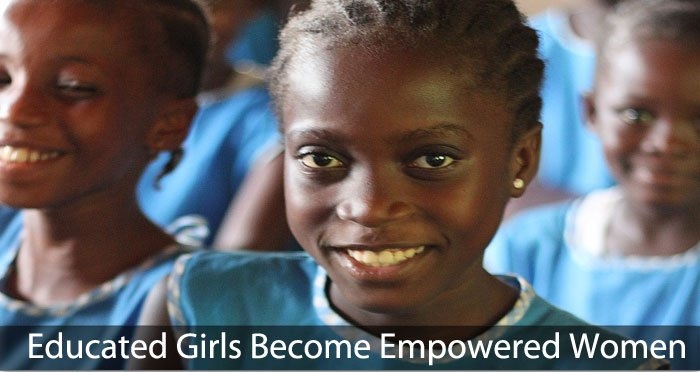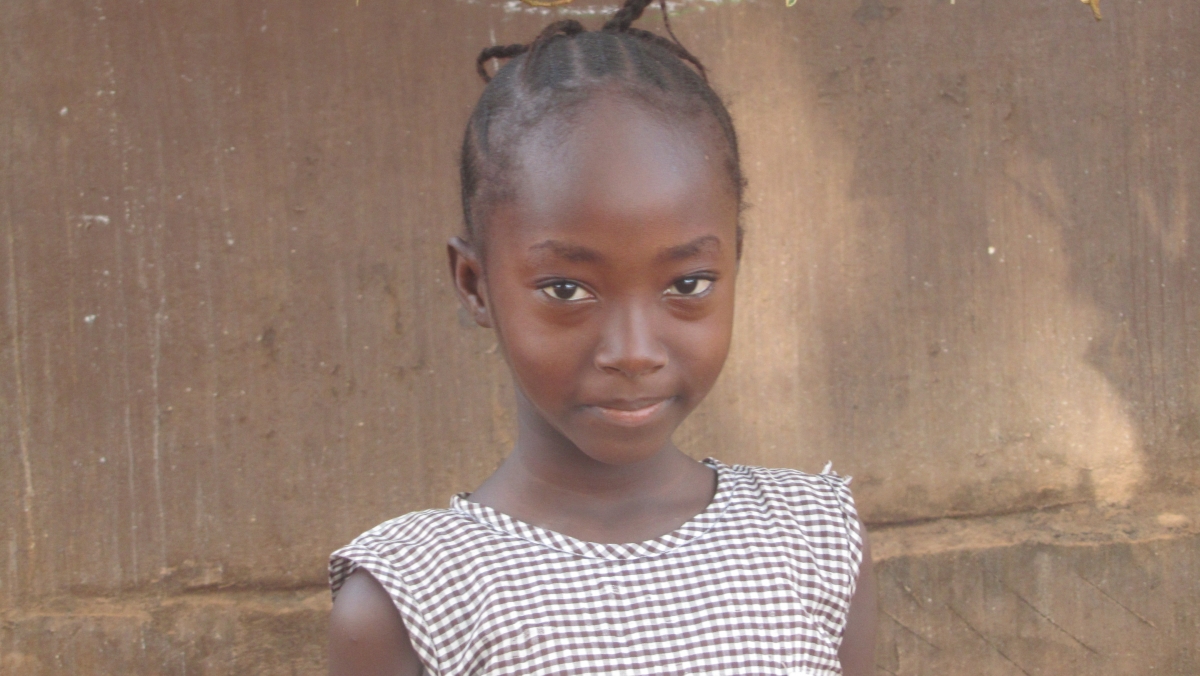
The 21st century has brought with it numerous changes that have led to the development of Africa, a region that was for a long time neglected. Education is indispensable to human development. Its capacity to bring unprecedented positive change in peoples’ lives is unmatched, with the acquisition of knowledge and skills being an essential aspect of day to day life. Globally, the levels of illiteracy have been on a nose dive, as more and more children are going to school and completing some form of elementary education.
Article 28 of the United Nations Convention on the rights of Children recognizes the right of children to have equal access to education whether basic, primary and tertiary. State parties have continuously challenged themselves to ensure they actualize this right, and there have been notable improvements in the number of children going to school every year. In Sub Saharan Africa, many governments have subsidized the cost of primary education thus allowing for more children to have access to it, and the enrollment of girls has increased by more than 70% across the region.

In spite of all the strides that have been made, there still exist great disparities in education, especially between males and females in the region. Many societies do not view education as a right that should be equally available for all. Based on statistics from the United Nations Children Fund (UNICEF), the enrollment rates for children at primary school level in many African countries still fall below the threshold for parity. Only 16 African countries have achieved gender parity in primary education. A 2012 report by Plan International found that in 47 out of the 54 African countries, girls are 50% less likely than boys to be enrolled in schools. Drop out levels among female students are high with over half of the girls who begin primary school education being unable to complete it.
The statistics get grimmer as you proceed onto higher levels of education. The number of female students transitioning into secondary education is lower than that of male students. The drop out levels of girls in secondary schools is again higher than that of boys. For girls in many societies, the transition from childhood to adulthood is synonymous with the acquisition of new responsibilities within their communities, including marriage and child bearing. This leads to many of them dropping out of school to fulfill these roles.
There are several barriers to girls accessing education. A key one is society’s attitudes and ideas about gender. The historical roles of women as wives, mothers and labourers in the home are still greatly valued, and as such many communities fail to see the need to send their girls to school. In some areas, educating girls is seen as a threat to the social order and as such girls are kept away from schools. This eventually affects even the girls’ own perception of education, with many across the continent believing that they cannot perform well in school, and that education is only for the males of the society.
Poverty is another factor that stifles education. In a continent with the bulk of developing countries, education is a luxury. Parents simply cannot afford to send their children to school, and girls are most likely to be kept away from school. It becomes too much of a sacrifice to educate children, and more so girls. In certain areas, safety and security is a real concern where children have to walk long distances to get to schools and as such parents are less willing to allow their girls to go to school.
Early pregnancy among teenage girls is another big concern, as the girls drop out of school to handle the new responsibility. Punitive school policies that expel pregnant girls and the social stigma from peers also keeps girls away from school. Cultural norms such as female genital mutilation and early marriage also result in fewer girls staying in school as they leave to fulfil more traditional roles as wives and mothers. Areas embroiled in conflicts also have fewer children and even fewer girls going to school.
The benefits of educating girls are clear, not only for the individual girl, but for communities, nations and the world in its entirety. Economic improvement is certain as they are equipped with knowledge and skills that enable them to build careers and contribute to the growth and development of their countries. Child and maternal mortality rates are lower in areas where girls and women are educated as they are able to make the right decisions regarding their own health and that of their children.
Education enhances the status of women in the society and increases the chances of their political participation. Girls who go to school and stay in school are more likely to delay their sexual debut, and therefore are less likely to become pregnant and to contract HIV/AIDS and other sexually transmitted infections compared to their peers who do not go to school. The education of girls is an investment whose returns are unparalleled, yet still grossly underutilized.
It is therefore paramount, that all the challenges that limit a girls’ access to education be surmounted. Governments across the continent should make stronger commitments to ensuring that they improve the number of girls enrolling in schools and completing their education. They should put in place policies that improve funding for girls’ education, and make school environments friendly to girls. They should spearhead initiatives to tackle the socio-cultural barriers to girls’ education.
Legislation should be passed and enforced that outlaws certain outdated practices such as FGM and child marriage. Strong advocacy and social campaigns should be done to sensitize communities on the importance of educating girls.
Ultimately, the value of educating girls is immense and we should all strive to be part of the solution to the challenges bedeviling the education of the girl child.
